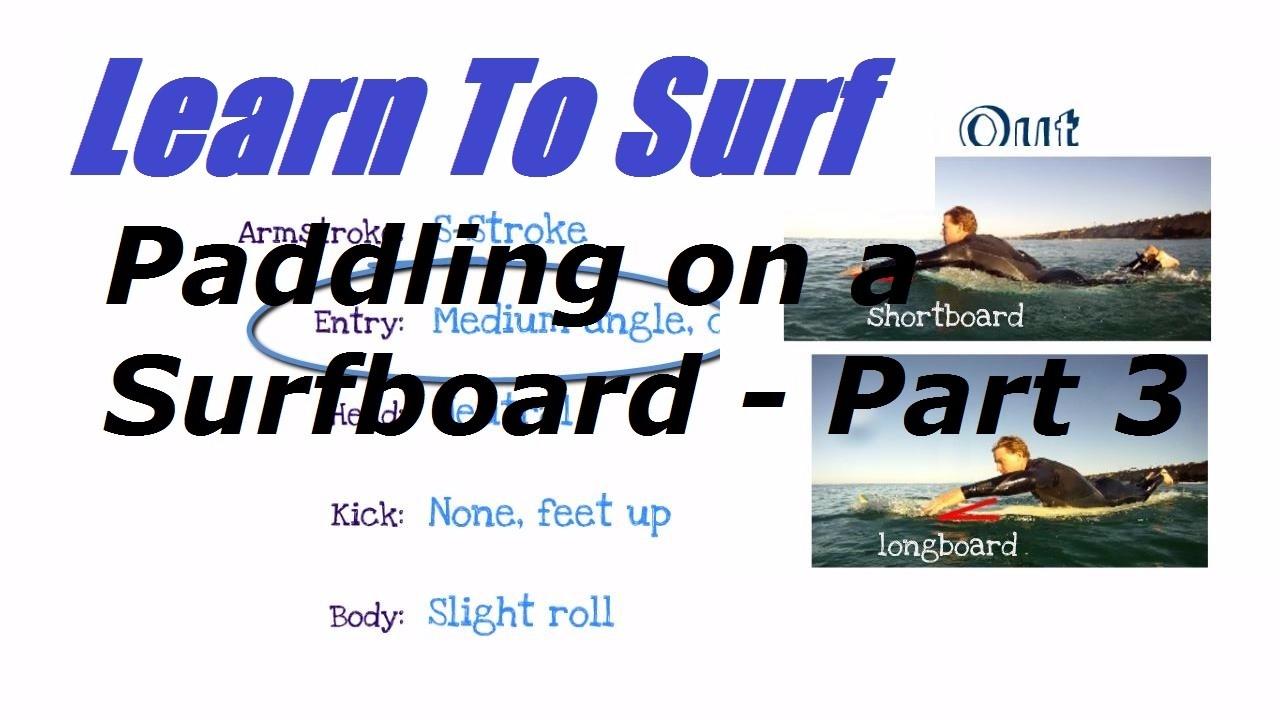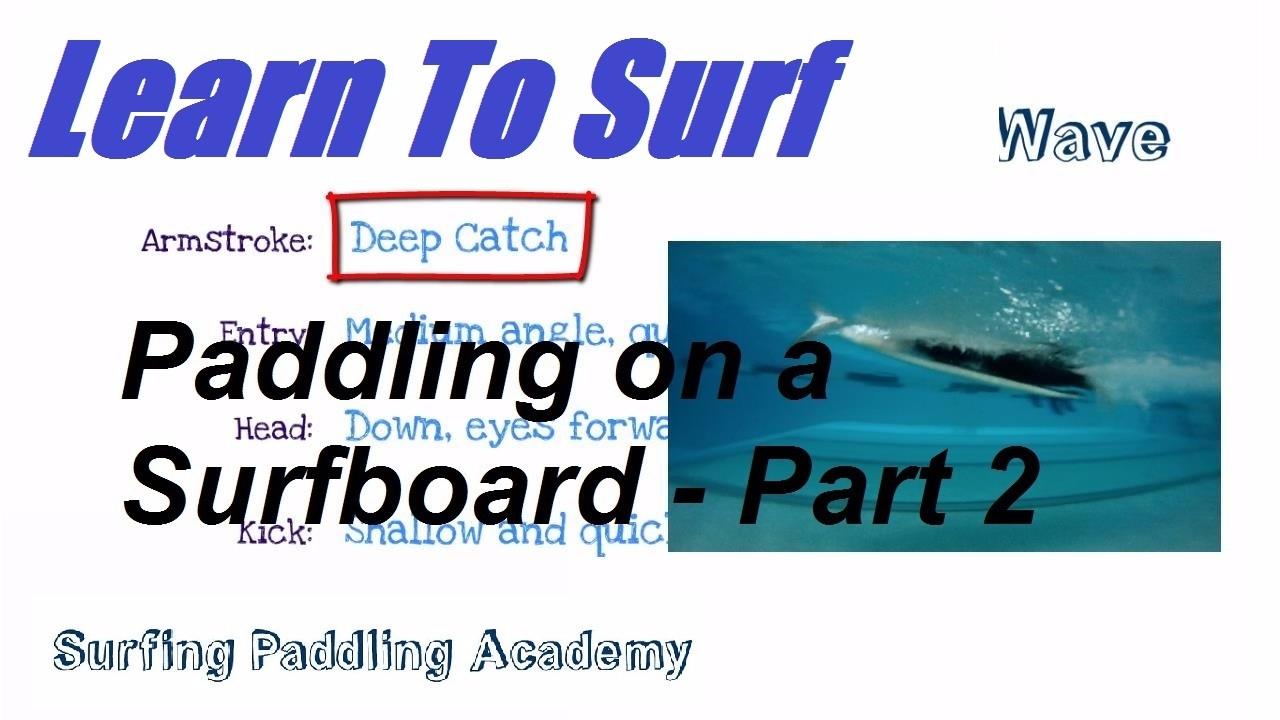The Journey Towards Having More FUN Surfing
Surfing means different things to different people, but should always remain at its core
Fun
Lack of progression and fatigue leads to frustration which then leads to an unpleasant lineup. Nobody wants that. The first step in thwarting this downward spiral is to improve your entire surfing experience, from the pre-surf ritual, paddling out, deciding on a spot to surf, making adjustments, choosing the wave for you, riding with flow, kicking out, sharing with others, and finally exiting the water to talk story with others afterwards. At its root, to have more fun means to improve. It doesn't matter where you start in this journey of progression, from novice to pro, you can always improve and enjoy the experience of surfing just a little ... bit ... more.
Learn to Paddle on a Surfboard - Part 6 of 6 Knee Paddling on a Paddleboard

In this last section in the series on paddling, we investigate the techniques used when knee paddling on a paddleboard. While this is rarely used in the surfing world, by understanding how the mechanics work and why, we gain further insight into the mechanics of the previous situations we've already covered.
Learn to Paddle on a Surfboard - Part 5 of 6 Paddling Prone on a Paddleboard

On to the last type of craft we're covering in this series on paddling. Prone paddleboards.
Prone paddleboards obviously have the highest design advantage, so it is even more critical we use that advantage when we paddle. There are some subtle techniques used that differ from the other crafts we've covered so take a look...
Learn to Paddle on a Surfboard - Part 4 of 6 Catching a Wave on a LongBoard

Like I said in the other Longboard post, there are distinct advantages that Longboards have naturally. But one can hinder those advantages when paddling casually as well as when catching waves. This video will outline the general guideline for paddling technique when catching a wave or sprinting. Hope you enjoy!
Lessons from Mark Healey

During one of my Q&A sessions, I used a clip from Mark Healey paddling to point out some paddling techniques he uses and why or why not we might want to avoid those techniques.
Learn to Paddle on a Surfboard - Part 3 of 6 How to Paddle on a Longboard

Longboards have a paddling advantage built in. But there is still an efficient way to harness that advantage. This video explains the general guidelines to paddling a longboard.
Learn to Paddle on a Surfboard - Part 2 of 6 Catching a Wave on a Shortboard

Catching a Wave has slightly different paddling techniques than when you're paddling out to the lineup. This videos breaks down those differences...
Two Different Surfing Paddling Techniques?

A lot of people ask me what type of stroke they should use when paddling on a surfboard.
I tell them there are two, not one, that we all use. I suppose I should say, there are two that we all should use.
And the two surfing paddling stroke patterns we should use should also be used in certain scenarios. This video outlines those two stroke patterns and when they should be used when you're out surfing...
Learn to Paddle on a Surfboard - Part 1 of 6 Paddling on a Shortboard

Shortboards, longboards, and paddleboards are the three types of craft I’ve outlined and the two scenarios we have tried to define are paddling out (or cruising speed), and catching a wave (sprint speed), and for a paddleboard, prone versus knee paddling.
I’m going to feature each one of these scenarios in 6 different videos and at the end, I’ll provide a link so you can download this summary.
You can use this as a reference. Keep in mind this should only be used as a guide – general guidelines. In the Surfing Paddling Academy class (www.surfingpaddling.com), we focus on learning not only what the technique is and how you can do it also, but why it works, why it gets results. Again, if we know why something works, then we can adapt to any given scenario. Different boards, different surf spots, different conditions. We’ll have it covered.
Surfing Paddling Technique FAQ - what do I do with my hands?

The hands and arms are our main source of propulsion. In this quick video, I answer a few questions regarding what to do with your hands. Near the end of the video, I explain one of the fundamental mistakes I've seen taught and how to correct it.
Mark Occhilupo Comments on Swimming Surfing Connection

I couldn't resist posting this. Surfing Legend Mark Occhilupo (Occy) makes a comment in his telecast regarding how he thinks the best swimmers make the best paddlers. Thanks Occ.
